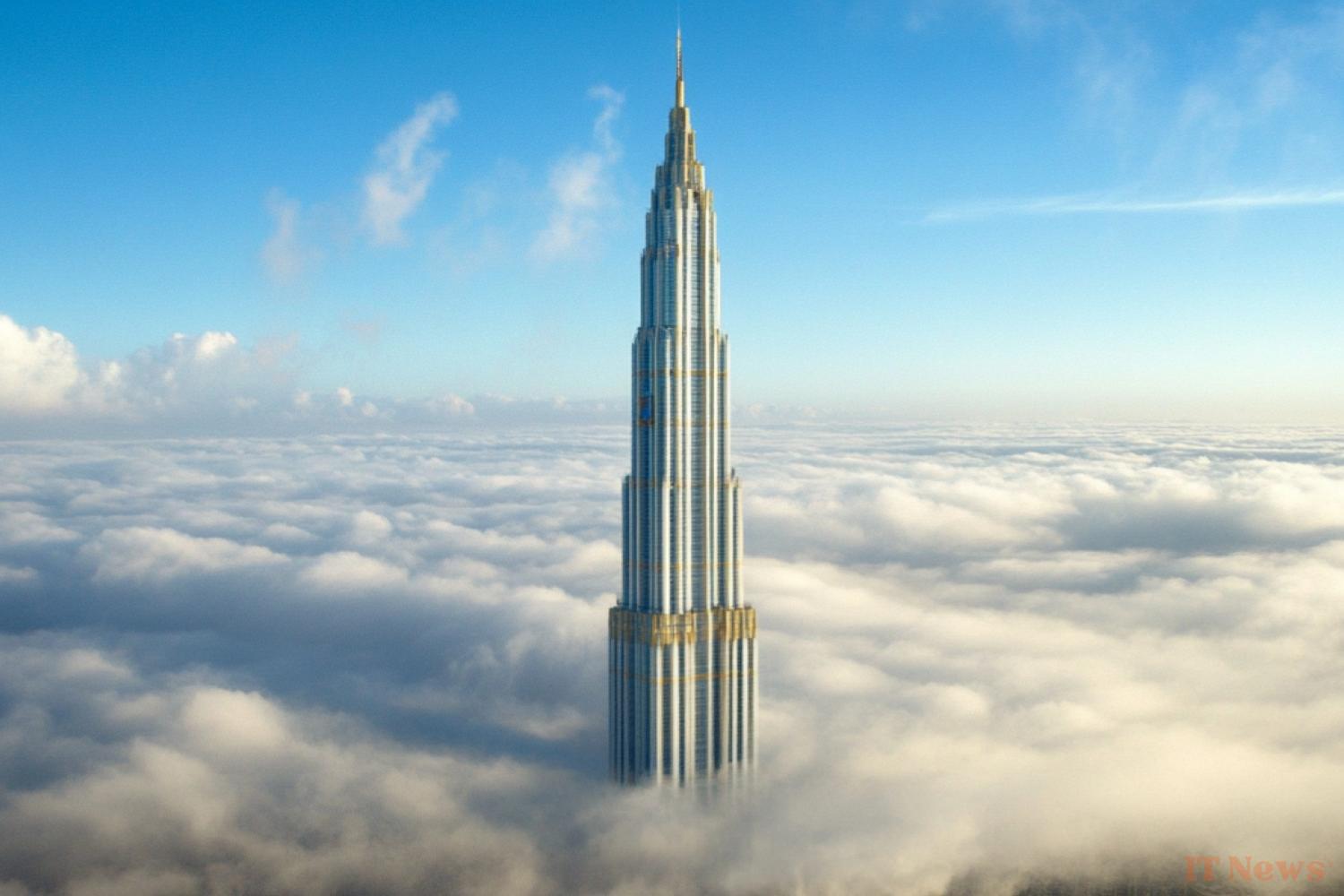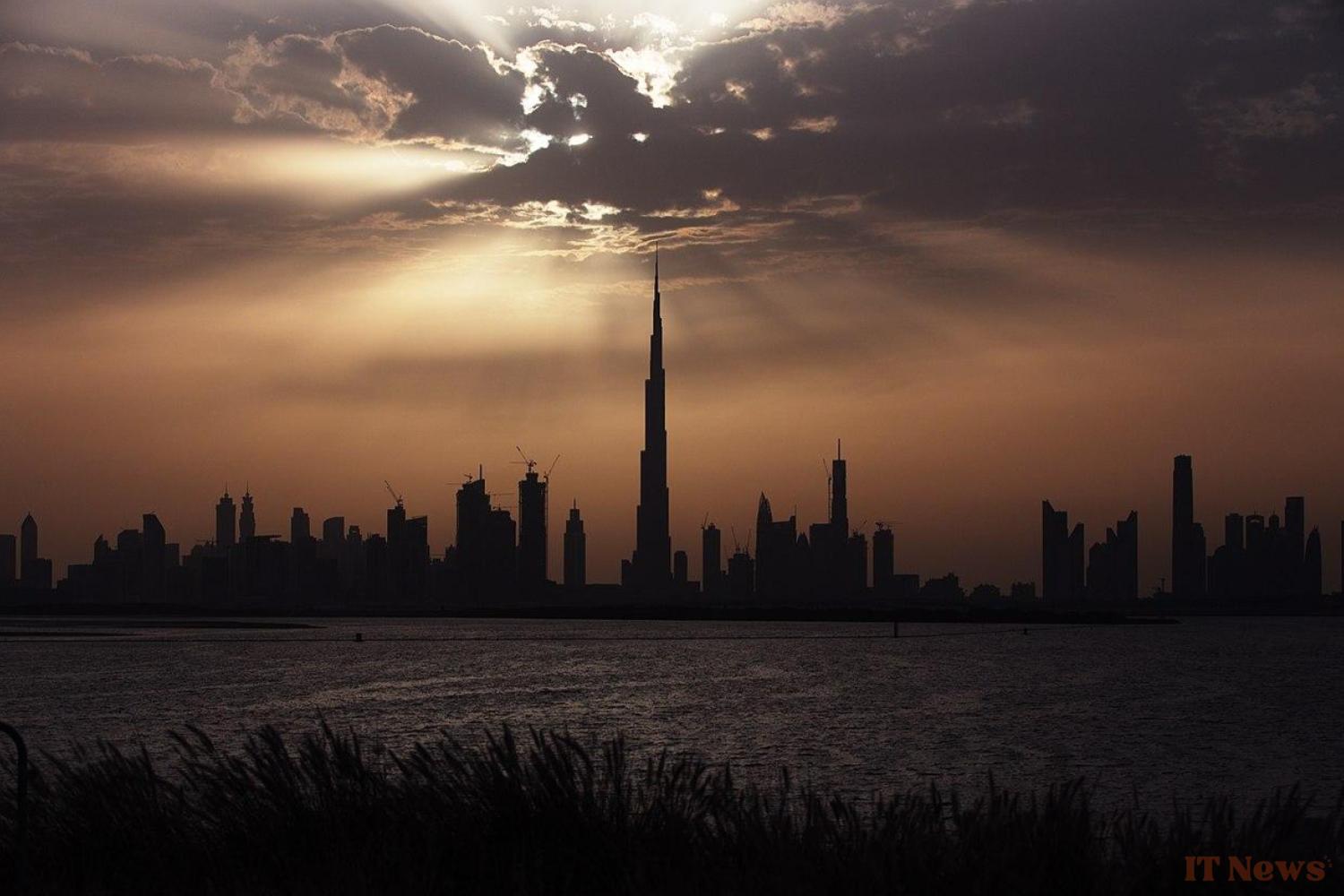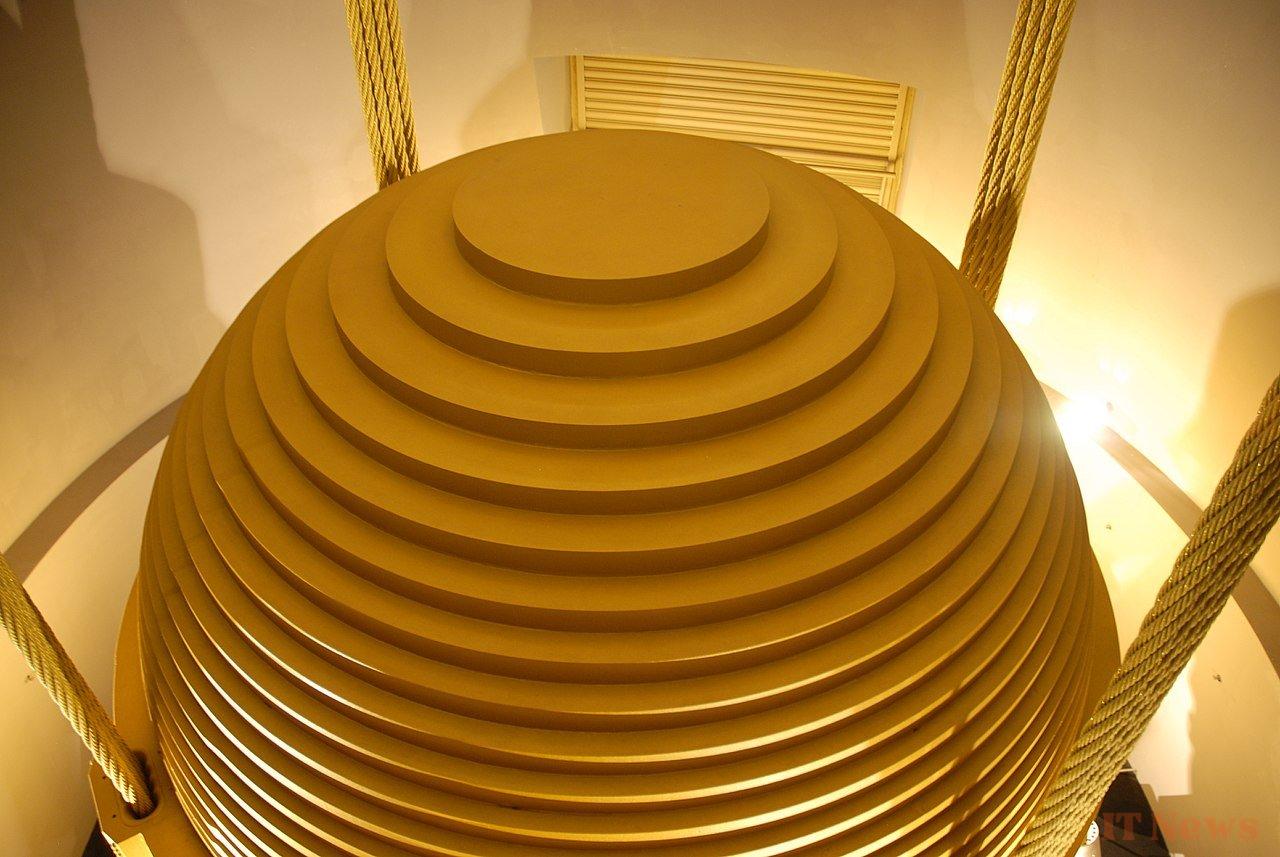It's not official yet, but credible rumors of a project for a super-sized skyscraper in Saudi Arabia seem to be gaining traction by the day. According to the Dubai-based newspaper Middle East Business Intelligence, the country's Public Investment Fund has now invited bids from contractors to lead the construction of a new business district in Riyadh, with a colossal tower... 2 kilometers tall
That's a completely mind-boggling figure, and one never before seen in the field of architecture. For reference, the tallest building in the world is currently the Burj Khalifa in Dubai. At 830 meters tall, it comfortably dominates the world rankings; in second place, Kuala Lumpur's Merdeka 118 rises to "only" 679 meters.
This new skyscraper would be almost two and a half times taller than the current title holder and six times taller than the Eiffel Tower, including the spire. Suffice it to say, this is an incredibly ambitious project that, if it ever comes to fruition, will force builders to push the boundaries of structural engineering.
Nearly insoluble engineering problems
The first challenge architects will face will be identifying materials capable of supporting such a structure, as even the most advanced steel and concrete on the market may not be enough. Currently, there is simply no technology to build foundations strong enough to support such a behemoth.
And this is true for the structure itself. Even if we ignore the fact that no modern crane can operate at this height, which is already annoying in this context, piling up so much material will be anything but trivial. The higher you try to build, the stronger the building's skeleton must be—but adding too much mass could also cause it to collapse under its own weight. The difficulty of the problem therefore increases exponentially with each additional meter. At present, it is difficult to imagine how the companies selected by the Saudi government could defy the laws of physics to reach such a height.
Wind, a formidable enemy
And even if they succeed in solving this already formidably complex equation, they will not be out of the woods. If no building has managed to cross the kilometer mark to date, it is because these mega-skyscrapers are subjected to colossal mechanical constraints due to the wind. This is particularly problematic for successive gusts, which can generate catastrophic oscillations.
In skyscrapers like the Burj Khalifa, the problem is solved by suspending harmonic dampers within the structure using giant springs. When the building begins to sway, these masses absorb some of the energy that could push the structure beyond the point of no return. This is exactly the same principle as in Japanese buildings, which use this technique to withstand the region's terrible earthquakes. But with a 2 km high building, the mass required to dampen just the influence of the wind would be absolutely gigantic, which poses a big problem for all the reasons mentioned above.
And that's just the tip of the iceberg. Delving deeper, we can also identify a host of other structural and logistical problems (elevators, pipes, drainage, etc.) that have no obvious solution. One can legitimately question the feasibility of this project, which would give any engineer cold sweats.
But since Middle Eastern countries have embarked on this mad race for mega-buildings, symbols of prestige for these governments, they have stopped at nothing to make these projects come to fruition. The Saudi government is apparently ready to put $5 billion on the table to make this happen. It will therefore be very interesting to follow this project, because if this tower project ends up coming to fruition, it will certainly give rise to some rather fascinating small technical revolutions.





0 Comments